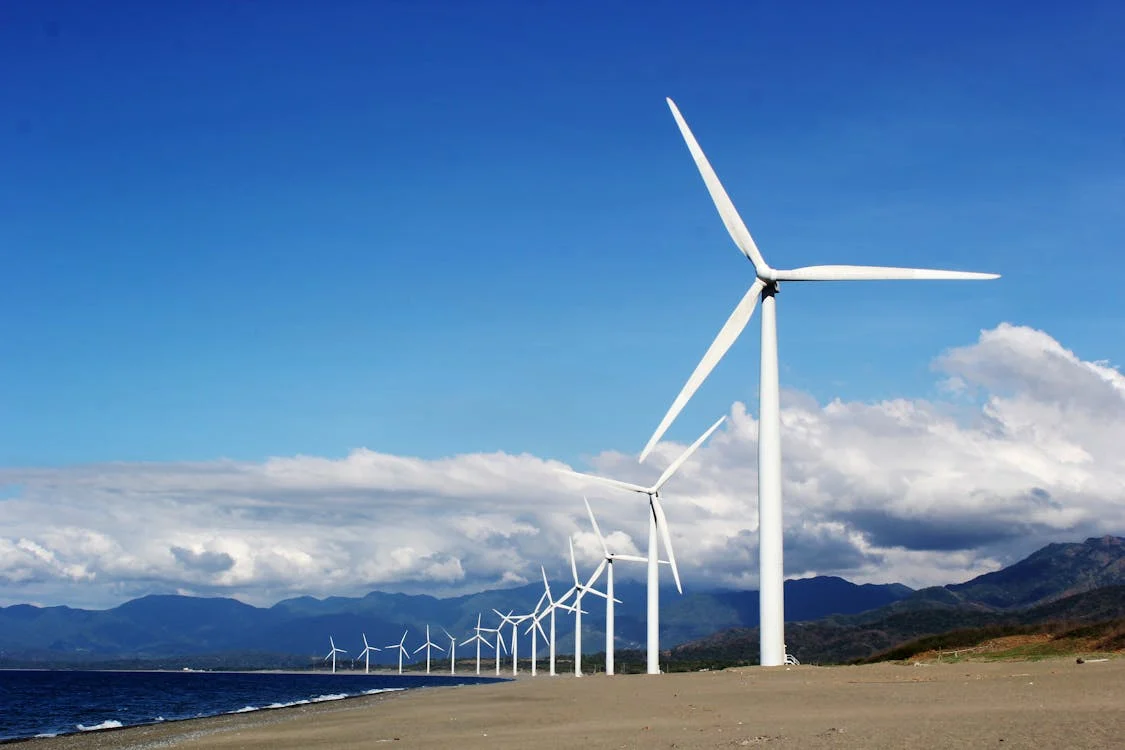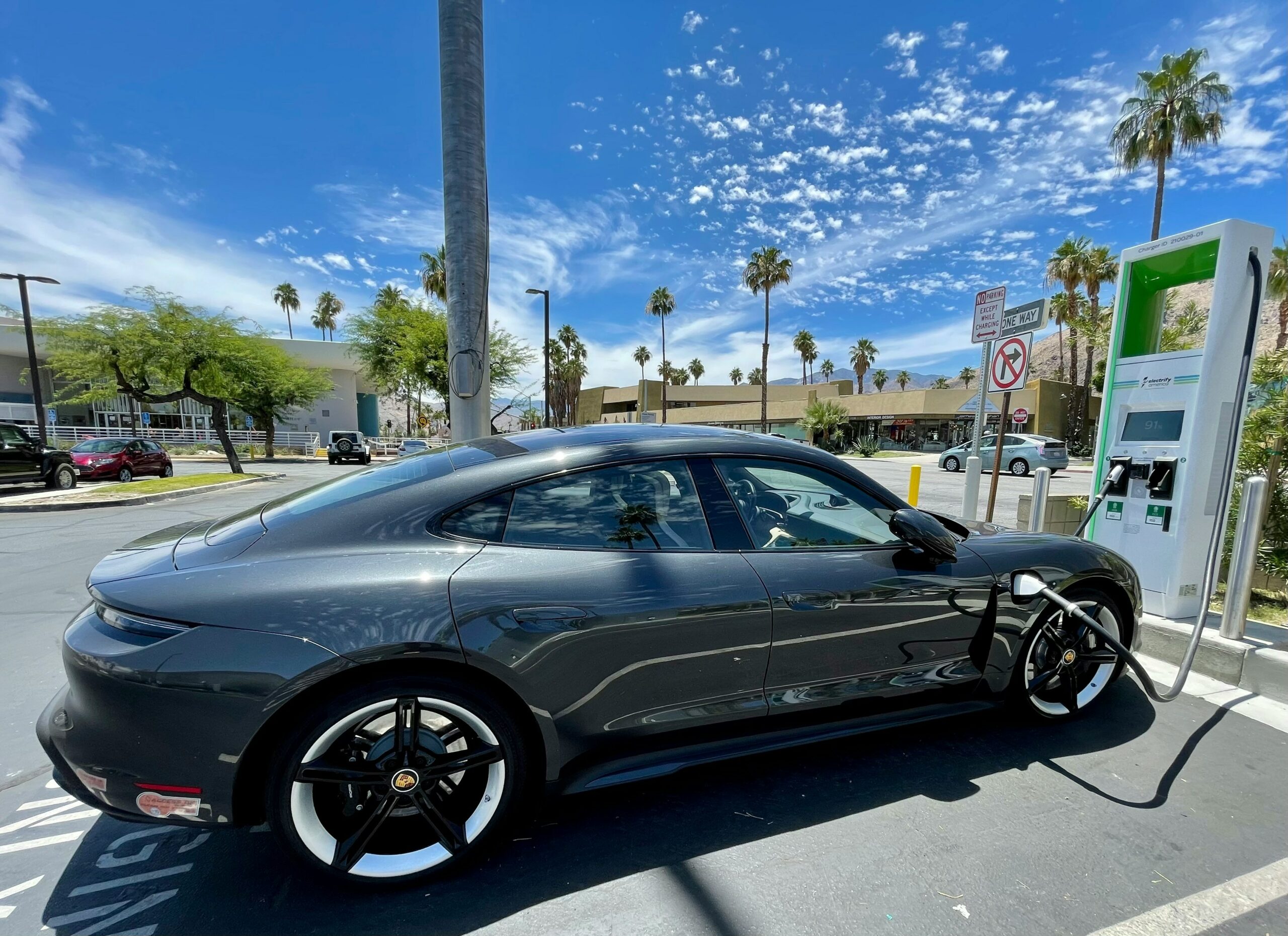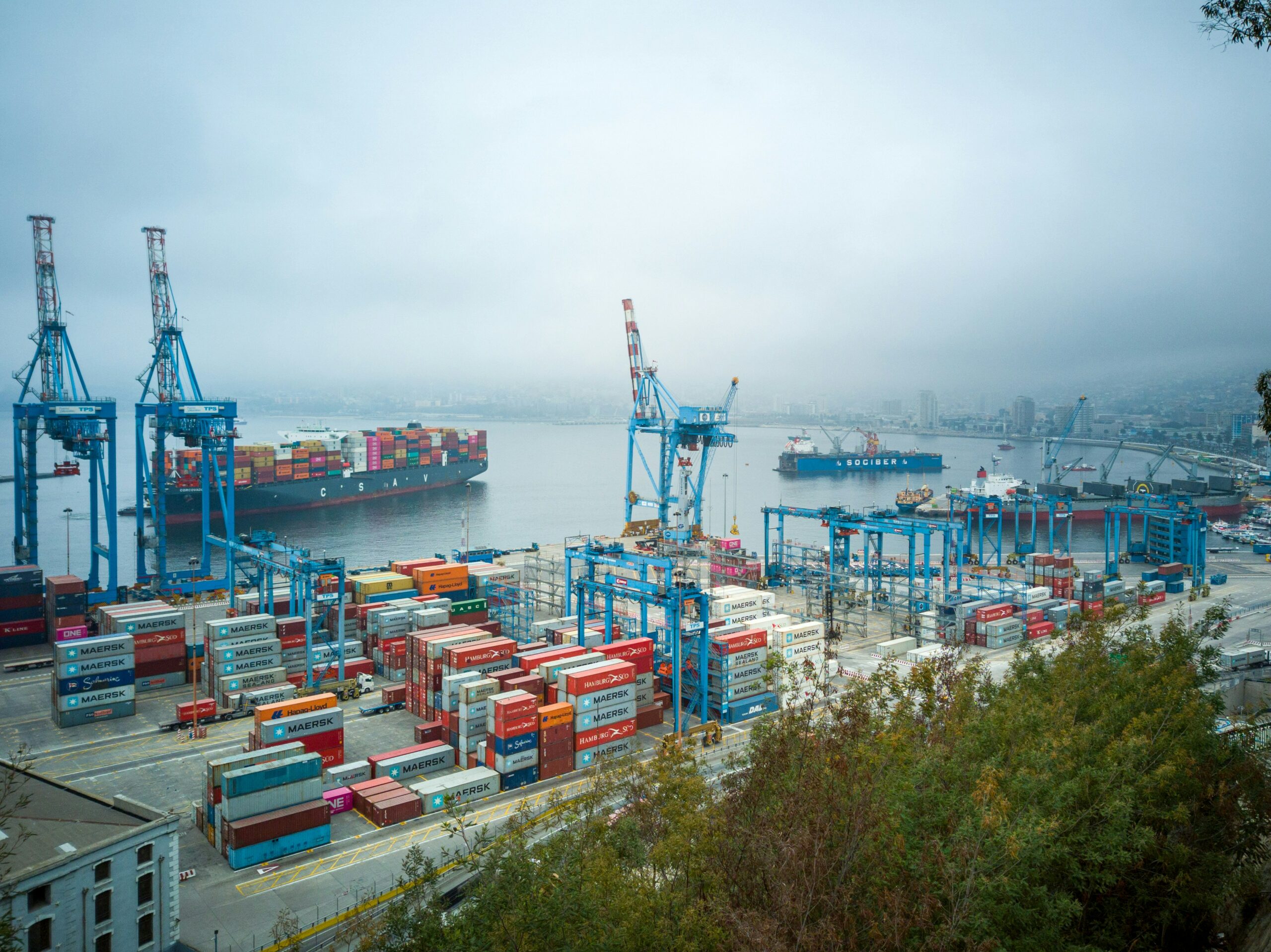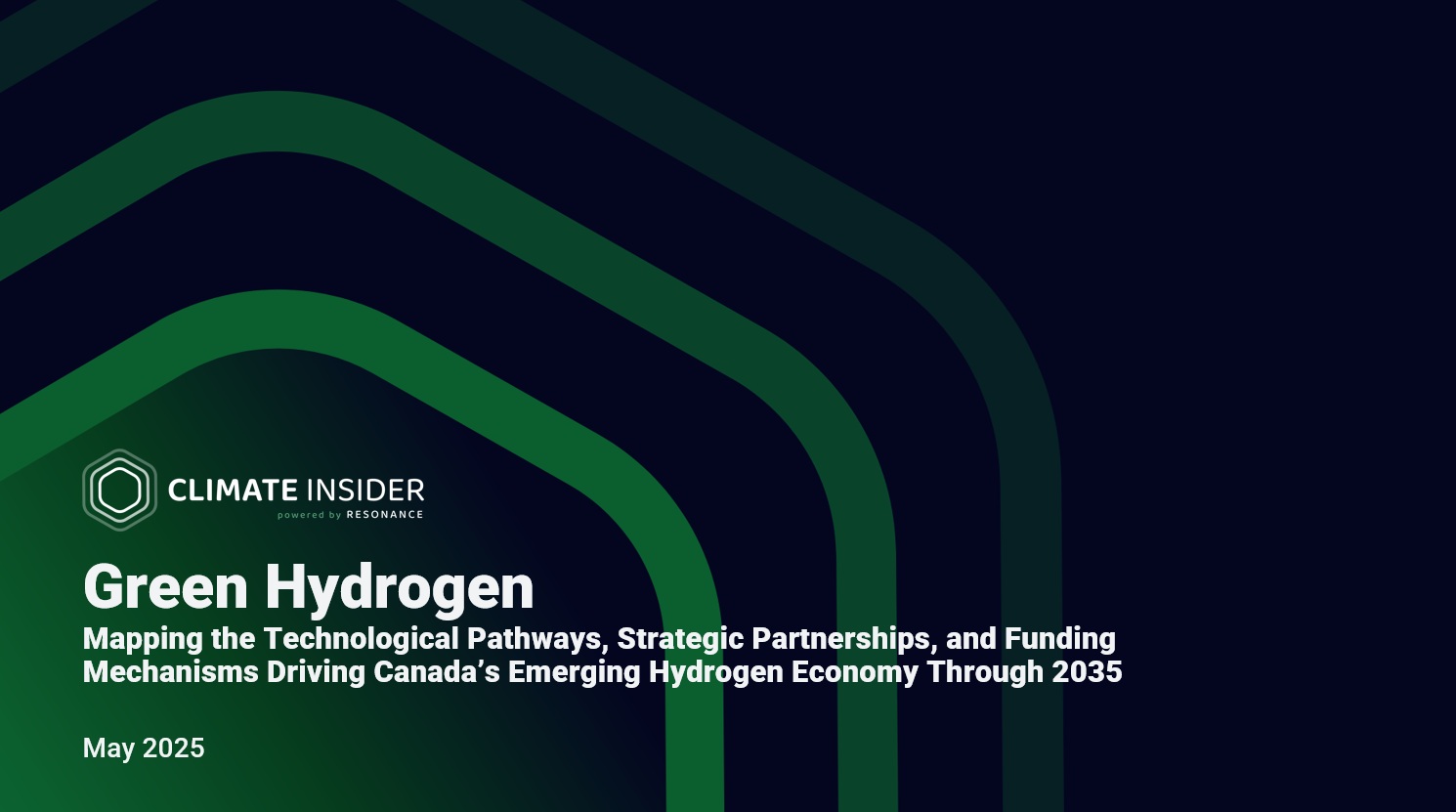Insider Brief
- A collaboration between Skytree, Return Carbon, and EDF Renewables North America aims to develop a large-scale direct air capture (DAC) facility in Texas, targeting the removal of 500,000 tons of CO2 per year when fully operational.
- The project, leveraging Skytree’s DAC technology, Return Carbon’s project development expertise, and EDF Renewables’ wind power capabilities, will be the first wind-powered DAC facility in Texas and is set to begin deployments in 2028.
- Verified Carbon will oversee the geological storage of captured CO2, ensuring long-term sequestration, while a Behind-The-Meter Power Purchase Agreement (PPA) will optimize energy costs and stabilize revenue streams from EDF Renewables’ wind farms.
A collaboration between several companies in North America and Europe aims to develop a large-scale direct air capture facility in Texas.
Skytree and Return Carbon were chosen by EDF Renewables North America for the project that has the goal of removing 500,000 tons of CO2 per year when fully operational, the companies announced this week. The project involves leveraging wind-powered DAC technology to drive large-scale carbon removal efforts, which is expected to create cost-competitive carbon removal credits, and is set to begin deployments in 2028.
The project integrates Skytree’s DAC technology, Return Carbon’s expertise in carbon project development, and EDF Renewables’ wind power capabilities.

“A key part of EDF Renewables’ strategy is to drive progress by accelerating the shift towards decarbonization. Direct Air Capture (DAC) can play a key role in the creation of a sustainable energy future, but the industry needs to scale quickly,” said Gabe Messercola, Associate Director of Capital Improvements at EDF Renewables. “Co-locating DAC development Behind-The-Meter will optimize renewable energy production, reduce exposure to power market fluctuations, and foster the growth of both industries.”
Verified Carbon, a sequestration company, will oversee the geological storage of captured CO2. The collaboration was formalized following EDF Renewables’ 2024 Request-For-Proposal (RFP) process, selecting partners with the capacity to provide cost-competitive, certified carbon removal credits.
“The agreement with EDF Renewables is a stepping-stone for DAC development, where we can use our combined portfolios and expertise to accelerate carbon removal and provide stability on the power market,” noted Return Carbon’s Managing Director, Martijn Verwoerd. “This collaboration pioneers the integration of modular DAC technology with a dedicated renewable power source and co-located carbon sequestration, creating a scalable, cost-effective, and environmentally sustainable solution.”
It is expected to be the first wind-powered DAC facility in Texas, utilizing a Behind-The-Meter Power Purchase Agreement (PPA) structure that model enables DAC operations to optimize energy costs while allowing EDF Renewables to stabilize revenue streams from its wind energy parks.
The companies indicated the technology behind this effort includes Skytree’s Stratus DAC units, which are engineered for scalability and efficiency. These units will be strategically integrated into EDF Renewables’ wind farms, ensuring a seamless connection between renewable power generation and carbon capture.
“We are honored to have been chosen alongside Return Carbon to provide our DAC technology to this large-scale and purposeful project,” said Skytree’s VP of Strategy North America & APAC, Elena Nikonova. “EDF Renewables is demonstrating true leadership in circular sustainability by integrating carbon removal directly into their business strategy. By utilizing excess renewable energy from their wind farms to power DAC, they are setting a powerful example for how we can address the climate crisis.”
The captured CO2 will be permanently stored in geological formations, ensuring long-term removal from the atmosphere. The Gulf Coast’s carbon storage capacity makes it an ideal location for this endeavor, further enhancing the project’s feasibility, according to the companies.







